Introduction
New York City is one of the most photogenic cities in the world, especially at night and we here at Shootwire will help you capture the best night shots. The city lights, the skyscrapers, the landmarks, and the people create a vibrant and dynamic scene that can inspire any photographer. Whether you want to capture the iconic views of the Empire State Building, the Statue of Liberty, or Times Square, or explore the hidden gems of the neighborhoods, parks, and bridges, there is always something to photograph in the city that never sleeps.
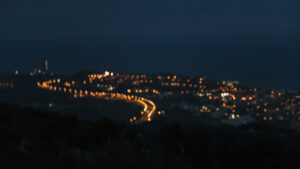
But how do you take cool photos at night in New York City? Night photography can be challenging, as you have to deal with low light, long exposures, and moving subjects. You also have to be prepared for the weather, the crowds, and the safety issues. In this blog post, we will share some tips and techniques that can help you take stunning night photos in New York City.
-
Use a tripod.
A tripod is essential for night photography, as it allows you to keep your camera steady and avoid blurry shots. A tripod also enables you to use slower shutter speeds, which can create interesting effects such as star trails or light trails from cars. You can also use a remote shutter release or a self-timer to avoid camera shake when pressing the shutter button.
-
Adjust your camera settings.
Shooting in manual mode gives you more control over your camera settings, which can make a big difference in night photography. Here are some general guidelines for choosing your settings
-
Aperture:
Use a wide aperture (low f-number) to let in more light and create a shallow depth of field. This can help you isolate your subject from the background and make it stand out. However, be careful not to use an aperture that is too wide, as it can reduce the sharpness of your image. A good range to start with is f/2.8 to f/5.6.
-
Shutter speed:
Use a slow shutter speed to capture more light and create motion blur effects. The exact shutter speed depends on your subject and the effect you want to achieve. For example, if you want to capture star trails or light trails, you can use a shutter speed of 10 seconds or more. If you want to freeze the motion of people or cars, you can use a shutter speed of 1/60 second or faster.
-
ISO:
Use a low ISO (100 to 400) to reduce noise and grain in your image. However, if your image is too dark or you need a faster shutter speed, you can increase your ISO accordingly. Just be aware that increasing your ISO will also increase noise and grain, so try not to go above 1600.
-
White balance:
Use a custom white balance or a preset that matches the color temperature of your light source. For example, if you are shooting under tungsten lights, you can use a tungsten white balance or a warm white balance. If you are shooting under fluorescent lights, you can use a fluorescent white balance or a cool white balance.
-
Find your light source.
Night photography is all about finding and using the available light sources in your scene. You can use natural light sources such as the moon, the stars, or lightning, or artificial light sources such as street lamps, neon signs, or fireworks. You can also use a flash or a fill light to add some extra light to your subject or create interesting shadows.
-
Choose your location and composition.
New York City offers countless locations and perspectives for night photography. You can shoot from high vantage points such as rooftops, bridges, or observation decks, or from low angles such as sidewalks, alleys, or subway stations. You can also shoot from different distances such as close-ups, medium shots, or wide shots.
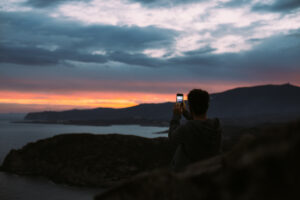
When composing your shot, consider using some of these techniques:
- Rule of thirds: Divide your frame into nine equal parts using two horizontal and two vertical lines. Place your subject or point of interest along one of these lines or at one of their intersections.
- Leading lines: Use lines such as roads, rails, fences, or buildings to guide the viewer’s eye towards your subject or point of interest.
- Framing: Use elements such as windows, doors, arches, or trees to frame your subject or point of interest and draw attention to it.
- Symmetry: Use elements such as reflections, patterns, or shapes to create symmetry and balance in your image.
- Contrast: Use elements such as colors, tones, textures, or shapes to create contrast and make your image more interesting.
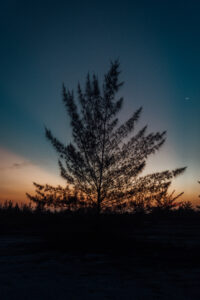
Conclusion
Experiment and have fun. Night photography is a great opportunity to experiment with different settings, effects, and techniques. Here at Shootwire, we wish you the very best for your night shots. You can try long exposures, light painting, silhouettes, starbursts, or bokeh. You can also try different lenses, filters, or accessories to create different looks and moods. The most important thing is to have fun and enjoy the process of capturing the beauty of New York City at night.
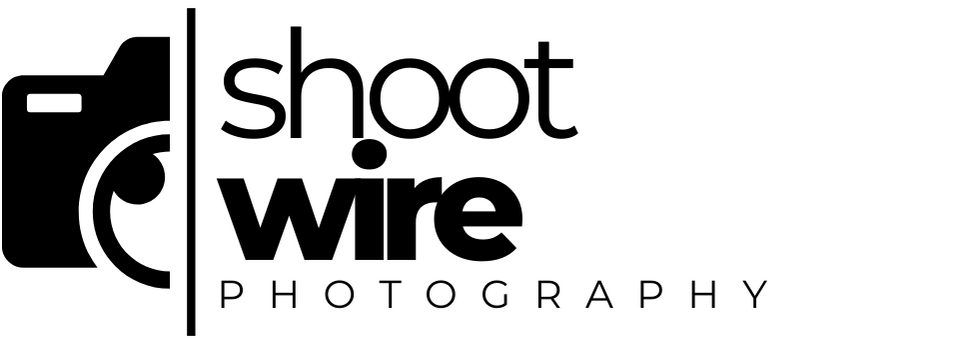

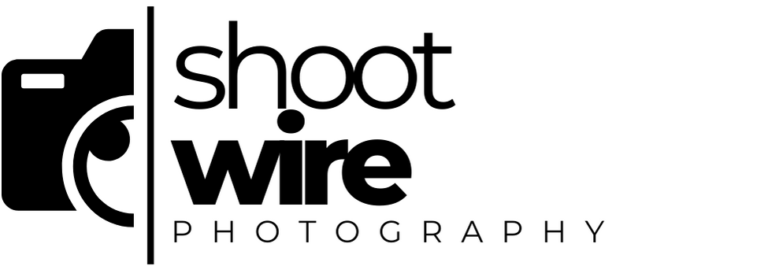


[…] Check out more of our blogs […]
[…] Check out more of our blogs […]
I was reading through some of your blog posts on this website and
I conceive this web site is real instructive!
Continue posting.Money from blog
My web site ElizbethD